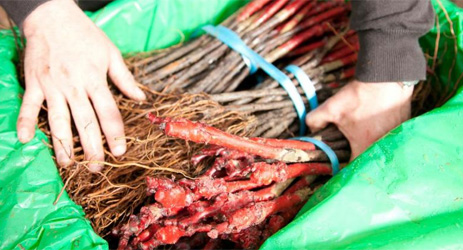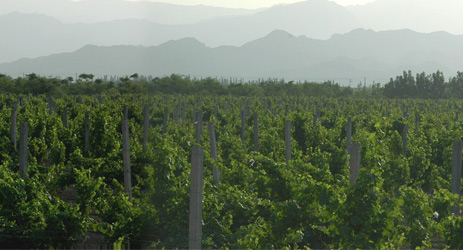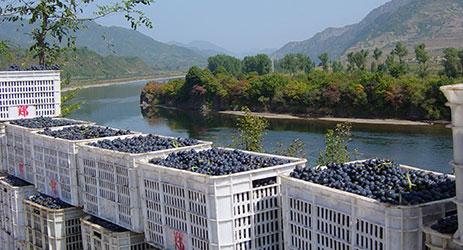Chinese quarantine authorities have said they will simplify the approval process for imported vines to help meet the increasing needs of domestic wine growers.

China has so far imported around 6.4m vines from France, Italy, the US and Australia, which account for 1,066 hectares of vines planted across Shandong, Hebei, Ningxia and Gansu, according to the Chinese General Administration of Quality Supervision. It said the country’s wine and grape growing industry is still ‘growing rapidly’.
To support this trend, the body said it ‘is looking to shorten the inspection time and simplify the checking process’ when grapevines reach Chinese customs.
It did not provide details on specific measures. But, over the longer-term, its commitment may encourage domestic wine producers to import more quality vines from professional nurseries in more established wine producing countries, which could in turn lead to higher quality wine growing and more experimentation with different grape varieties or clones.
Official figures are hard to obtain, but Marc Dworkin, chief winemaker to Great River Hill winery in Shandong province and who imports rootstock to China, said it takes at least 45 days to get laboratory test results on imported vines.
Chinese authorities already send quarantine officials to key wine producing countries, such as France, Italy and the US, to inspect vines prior to them leaving the country. Foreign quarantine authorities are also given guidelines on what China will and won’t allow through its borders – a common practice among all nations trading agricultural produce.
China has shown it is prepared to be strict. In June this year, the Ningxia forestry department said it had burned half a million imported young vines to prevent a virus from spreading, as reported by DecanterChina.com.
‘The French quarantine authorities inspect any vine to be exported to china from our nursery before they leave the country,’ said Julien Lalu, export manager of the Mercier Groupe. Mercier is certified by both French and Chinese authorities and regularly exports grafted vines to Chinese wine regions, Lalu told DecanterChina.com.
It recently exported 556,500 vines, including Cabernet Sauvignon, Pinot Noir and Malbec, to the Helan Mountain East region of Ningxia, according to Ningxia Daily.
‘We have made huge efforts to comply with Chinese quarantine authorities,’ Lalu said, adding that ‘the demand is more than we could supply.’
Marc Dworkin said that any move to shorten or simplify procedures would be welcome. If more laboratory analysis can be done before vines are shipped, ‘it could really be useful as the plants would not stay too long in our cold room’, he added.
China is already the seventh largest wine producer in the world, according to international wine body OIV. China produced 12m hectolitres in 2013, equivalent to around 1.6bn bottles.
All rights reserved by Future plc. No part of this publication may be reproduced, distributed or transmitted in any form or by any means without the prior written permission of Decanter.
Only Official Media Partners (see About us) of DecanterChina.com may republish part of the content from the site without prior permission under strict Terms & Conditions. Contact china@decanter.com to learn about how to become an Official Media Partner of DecanterChina.com.



Comments
Submit